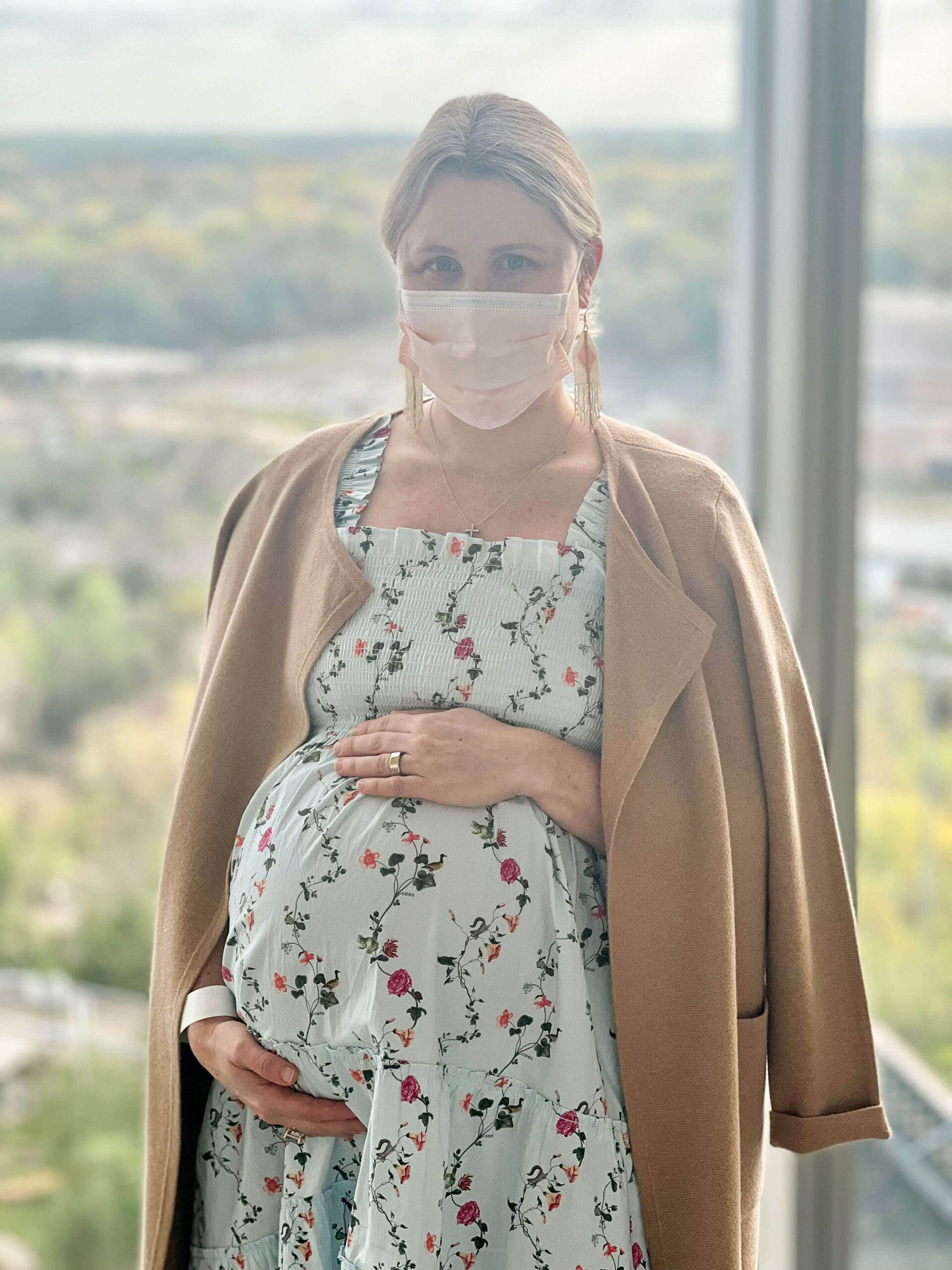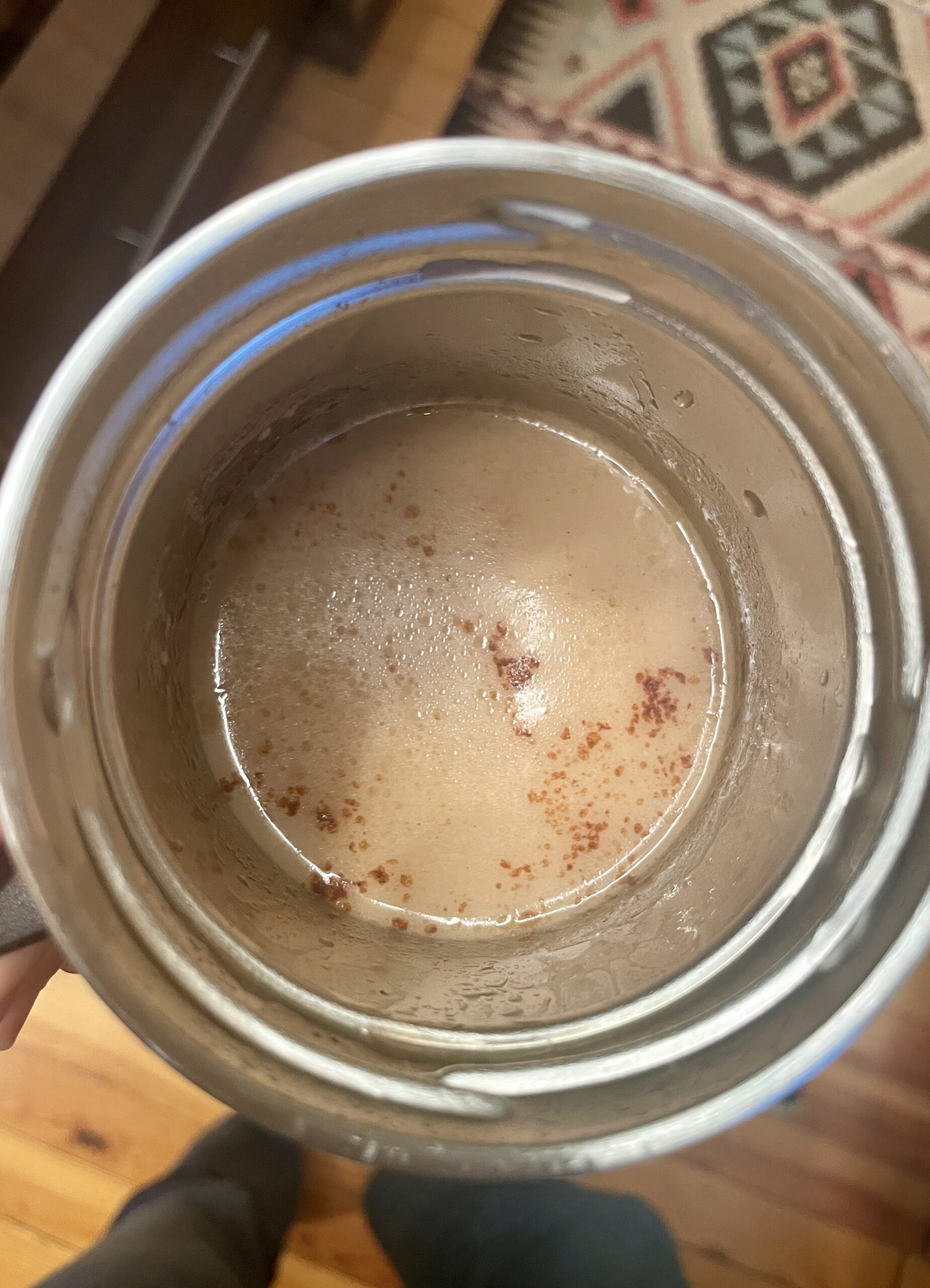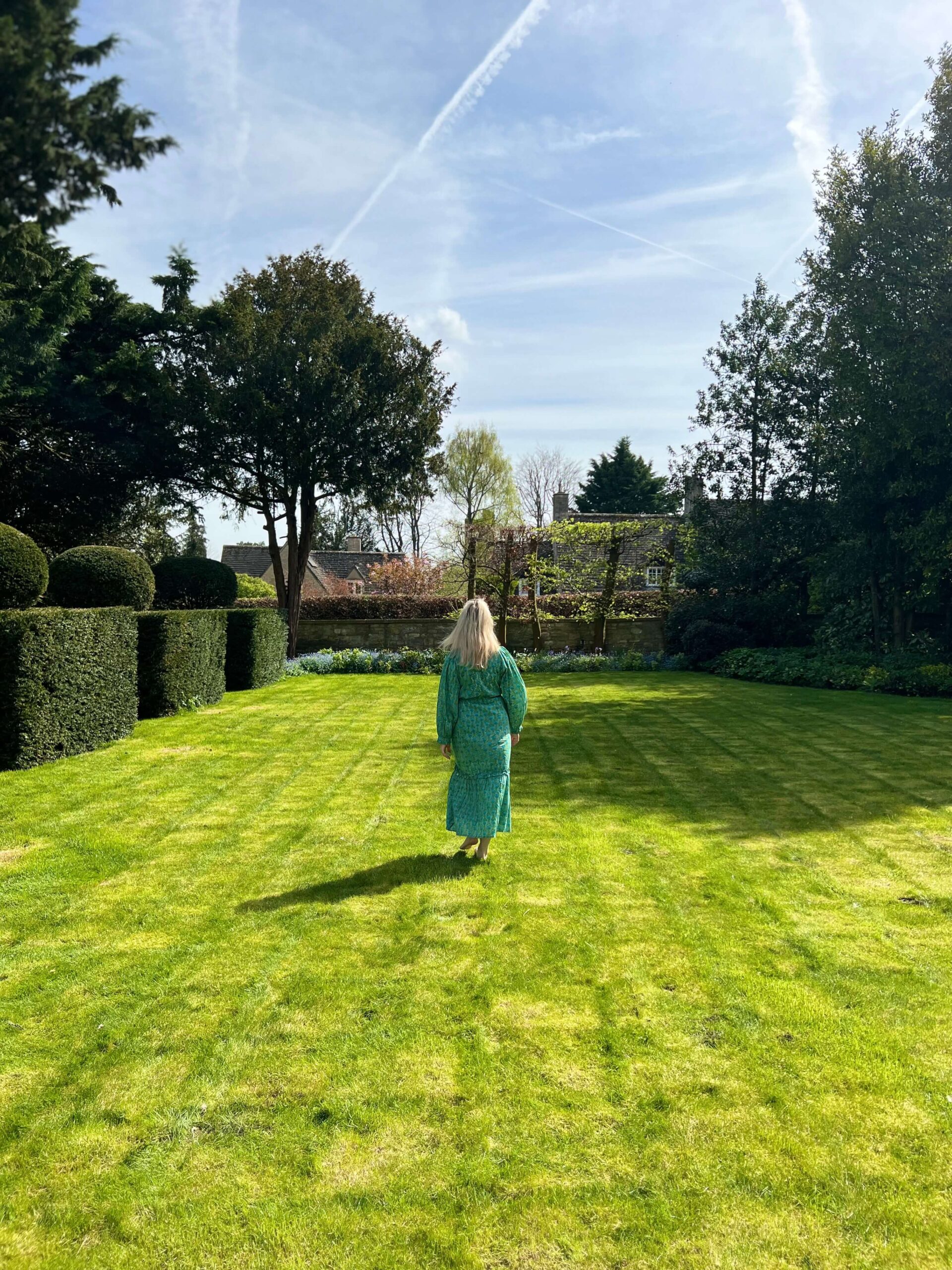My heart always has, and always will be, with oncology patients. My first job out of UVA’s Nursing School was at The Johns Hopkins Hospital. I helped to open the Weinberg Surgical Oncology ICU and was exposed firsthand to the life-altering effects of oncology surgery. In my free time, I volunteered with the Hopkins Breast Cancer Auxiliary group, where I got to see the other side of the patient perspective – diagnosis and recovery.
Then, after completing my anesthesia training at Duke University I headed up to NYC to work at Memorial Sloan-Kettering Cancer Center (MSKCC), one of the top oncology centers in the world. I consider MSKCC a beacon of hope and it was an honor and privilege to work there. Every week I had the opportunity to care for breast cancer patients during one of their most vulnerable moments, surgery. My volunteer work in New York extended to the Junior League where again, I found myself drawn to ways to support oncology patients.
Even though I was armed with both volunteer and professional knowledge of this deadly disease, and even had direct family members and colleagues affected, it was not until I began to explore the plant-based world that I learned more about the role of diet and lifestyle and their correlation to breast cancer. I am not going to provide a deep dive into genetics and the different receptors related to breast cancer development. Rather, I will say through research I have learned that even if you carry a gene for something, in many cases, that is just part of the equation. Diet and lifestyle make up the other two-thirds and both of those variables are addressed here.
Breast Cancer Facts
According to the American Cancer Society:
- 1:8 women will get breast cancer (in my daughter’s immediate family, 5 blood family members have survived breast cancer, so we take prevention seriously – even at her tender toddler age)
- 2nd leading cause of cancer death in women
- Median age of cancer diagnosis is 62
What you can control
- Limit your dairy intake.
- Be mindful of alcohol consumption.
- Move your body.
Research note: I often read international scientific literature because while the US has a large research presence worldwide, I usually find myself asking (especially in the realm of nutrition) – who stands to gain from this research? Lobbying groups have a strong presence in the US, and you would be surprised by the flawed research that gets reported in the news. Note – do not believe every headline you read. The international community does not have the same lobby/government/consumer model that we use in the US and so when I find there is a topic of a more controversial or sensitive nature, then I look to see what our Western and sometimes, Eastern counterparts have to say on the issue. Off my soap box now …
Limit dairy
In a Chinese prospective study (2022) of 0.5 million people, researchers found that regular dairy consumption (50g/day) was associated with a 17% increased risk of developing breast cancer. The study did not get into causation, however other research has proposed that insulin like growth factor (IGF-1) could be a contributing factor. IFG-1, promotes cell proliferation and is associated with increased cancer risk. Additionally, there is the exogenous hormone component. Breast cancer is a hormone driven disease and by consuming estrogen/progesterone from another mammal, you are adding those hormones to your body.
AWH takeaway: Intuitively it makes sense to me, that the hormones from a mammal that weighs over half a ton, making milk to feed and sustain their calf, might have an effect on my body. Personally, I prefer to avoid cow-based dairy products if I can to keep my body pure from extra sources of estrogen.
Reduce alcohol intake
The World Cancer Research Fund (WCRF) is a phenomenal resource for assessing cancer research. They are an international organization focused on how diet, weight and physical activity affect your risk of developing cancer. In fact, if you are curious about other cancer trends head over to their website to look up current research on any cancer.
The WCRF International reports that ANY alcohol consumption increases the risk of both pre- and post-menopausal breast cancer. It does not matter what type of drink, as it is the ethanol in the alcohol that is the causative factor. Alcohol also damages DNA cells which can lead to cancer.
AWH takeaway: I do occasionally enjoy a skinny margarita or glass of wine, but I am mindful of my consumption (i.e. this is not a daily, or even weekly routine, for me). I also sometimes order a virgin margarita (they can still be delicious) and/or will throw a few ice cubes in my wine (eek, a huge no-no to a sommelier), however after that initial sip, turning my wine into a spritzer allows me to still enjoy the beverage, but helps to dilute the beverage, which leads to me drinking less.
Exercise
There are a plethora of research studies supporting exercise and weight maintenance in cancer prevention. Epidemiological research shows that there is strong association between physical activity decreasing your risk of developing breast cancer.
The World Health Organization is clear about how much physical activity is advised for anyone 18yo and above: 150 minutes of moderate activity and 75 minutes of vigorous activity per week. The WCRF helps to break this down further:
Moderate (150 minutes/week):
- walking
- cycling
- household chores
- gardening
- swimming
- dancing
Vigorous (75 minutes/week):
- running
- fast swimming
- fast cycling
- aerobics
- team sports
AWH takeaway: Interestingly, the knowledge and association of exercise on decreasing your breast cancer risk has been known for at least 30 years. For any female readers I ask you to think about to how many physicians in your lifetime encouraged, nay even prescribed exercise to you as part of your annual health assessment? If you are among the few who did have proactive care, you are lucky.
To most of the population, this knowledge is not routinely shared. I recognize that not everyone can engage in vigorous activity, however consider small ways to incorporate more physical activity into your life. Perhaps it is standing while checking email vs. sitting. Or taking that phone call while walking around your house. These small actions will add up!
Final Thoughts
While education is important, implantation is the key. To any readers still on hormonal birth control – talk to your physician about the potential implications of continuing on a hormone based medication. My key takeaway is that while no one can predict the future, we do have some control over the daily choices we make to either support, or potentially hurt, our health. Three times a day, three meals, three chances to assess your diet, your beverage choice, and your opportunity to move your body.
To those who are curious to make more lifestyle changes, know that I will be sharing more through AWH on ways to make small, yet impactful changes in your life! You are not alone.






